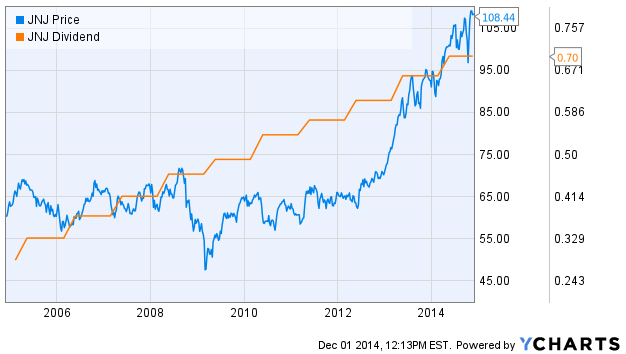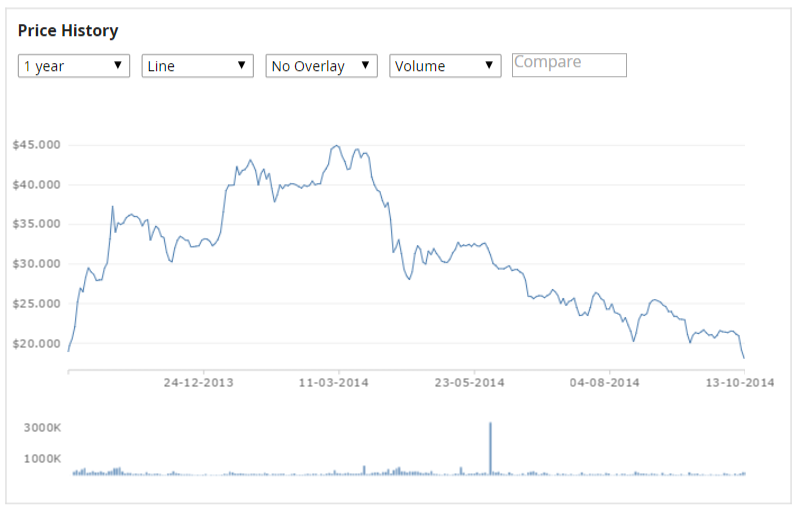Is Growth Investing Back
Post on: 10 Сентябрь, 2015 No Comment

Submitted by Nicholas Atkeson and Andrew Houghton on Friday, March 13, 2015 — 9:00am
Amid good U.S. economic news and lower oil prices, growth stocks are finally showing a recovery. The tech-heavy Nasdaq Composite, for instance, recently hit 5,008, nearing its 2000 high.
There’s broad agreement that investment exposure should be in equities. And stocks showing the most positive trends are mostly growth sectors, including consumer discretionary and technology.
The iShares Russell 2000 Growth (IWO ) exchange-traded fund, which tracks small growth stocks, is up 4.6% year-to-date and has broken out to all-time highs. Meanwhile, growth geographies are demonstrating outperformance with the iShares MSCI Emerging Market (EEM ) ETF, beaten down in 2014, outperforming the Standard & Poor’s 500.
Last year, large capitalization, U.S. defensive sectors led the market – hardly an endorsement of a healthy economy. It is encouraging to see bullish trends beginning to develop in stock groups that represent growth, rather than asset protection and yield.
Price action is bullish for equities currently. The difficulty for many investors is valuation. As valuations increase, risk rises. Earnings disappointments may have more of an impact with prices elevated than with prices depressed.
But valuation is based on an earnings forecast. Forecasts can be too high or too low. The trend in stock price action could be suggesting earnings estimates are too low, not that price/earnings multiples are too rich. Right now, the P/E for the S&P 500 is 20.5, almost five percentage points higher than its historical average.
In recognition of the market’s tendency to extend beyond what most expect, we are on the verge of celebrating the Nasdaq reaching 5000, after almost 15-year recovery period. The first time Nasdaq reached 5000, amid the tech boom, and then fell hard, many professional traders believed regaining that peak level would not occur in their lifetimes. The price swings of the Nasdaq highlight how investors can become irrationally exuberant and overly despondent.
The foundation of most quantitative investment models is the concept that the price of a security in an efficient market contains all known about it at any moment.
The complexity comes in separating out the signal from the noise. During short timespans, stocks move up and down for all kinds of reasons. Much of the price action simply is tied to overall market movements, and tell us little about the long-term trend. Over time, the short-term volatility in the price of security usually reveals a trend that does contain important information.

A trend is the course of a prevailing tendency. The winds in Northern California generally trend from the northwest. After a slow start in January, the stock market in February trended up. Trends have momentum. Securities trending with the most amount of momentum tend to outperform other securities for a while.
Research firm Morningstar finds that “stocks with positive momentum have historically outperformed in nearly every market studied over long term horizons.” Morningstar’s article Does Momentum Investing Work? offers a fairly comprehensive review of the academic literature on the subject. A key finding: The best-performing U.S. stocks over the past three to 12 months tend to outpace the worst-returning shares over the next year.
As traders often say, the trend is your friend. Growth stocks may well benefit, at last.
Follow AdviceIQ on Twitter at @adviceiq .
Nicholas Atkeson and Andrew Houghton are the founding partners of Delta Investment Management, a registered investment advisory firm in San Francisco, and authors of the new book, Win by Not Losing: A Disciplined Approach To Building And Protecting Your Wealth In The Stock Market By Managing Your Risk . Additional market commentary and investment advice is available via their websites at www.deltaim.com and www.deltawealthaccelerator.com
AdviceIQ delivers quality personal finance articles by both financial advisors and AdviceIQ editors. It ranks advisors in your area by specialty, including small businesses, doctors and clients of modest means, for example. Those with the biggest number of clients in a given specialty rank the highest. AdviceIQ also vets ranked advisors so only those with pristine regulatory histories can participate. AdviceIQ was launched Jan. 9, 2012, by veteran Wall Street executives, editors and technologists. Right now, investors may see many advisor rankings, although in some areas only a few are ranked. Check back often as thousands of advisors are undergoing AdviceIQ screening. New advisors appear in rankings daily.














